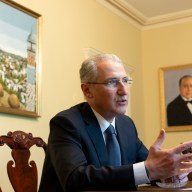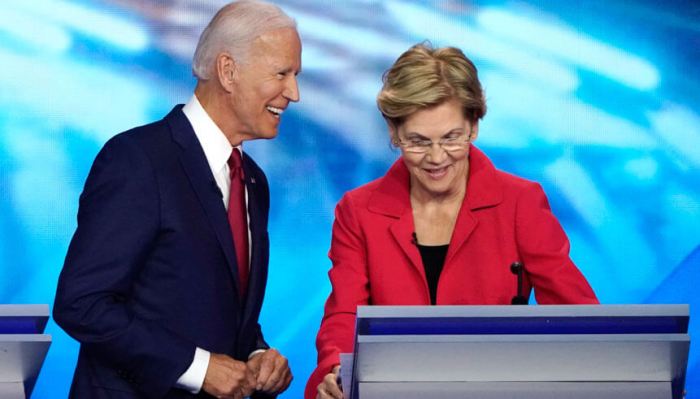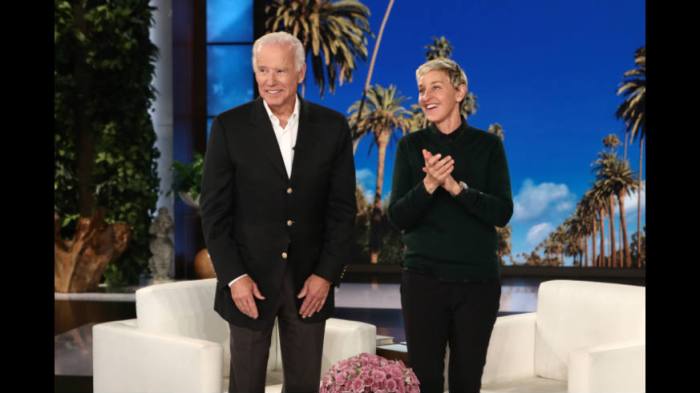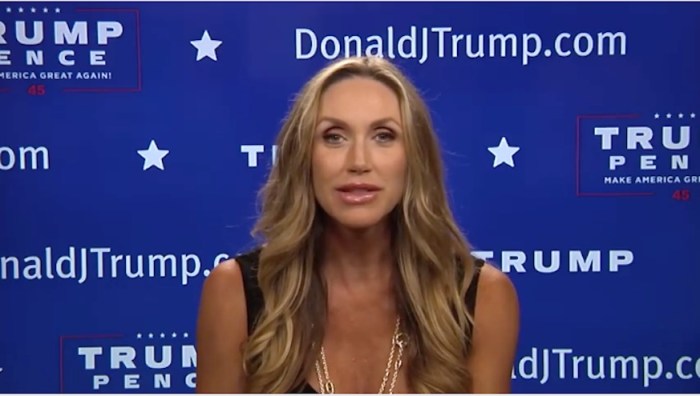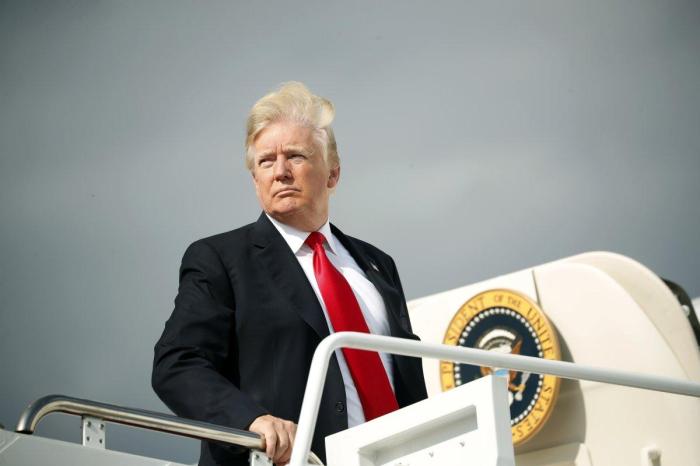With some Americans thinking about the 2020 presidential election since Nov. 8, when Donald Trump defeated Hillary Clinton, one New York City-based initiative is looking to help the 22 million young Americans who will be eligible to vote then to make educated decisions as they sift through ever-growing fake news and alternative facts.
To do just that, The LAMP, a nonpartisan media literacy organization for students, parents and teachers, is holding a summit at Columbia University on Friday and Saturday to launch its 22×20 Campaign.
Sponsored by the MacArthur Foundation, Mozilla Foundation and Facebook Journalism Project, the summit will serve as a strategy meeting of sorts for the campaign.
“Student leaders will participate to help us figure out how we pull this off to ignite and engage 22 million teens by 2020,” said D.C. Vito, co-founder and executive director of The LAMP.
22×20’s first milestone will be President Trump’s first State of the Union speech in January.
“We want to make this a must-watch, must-engage-with event for teens across the country,” Vito said. “That’s the focus of the summit. We’re finessing what we can do to make sure the State of the Union is a very necessary media spectacle to engage with.”
Metro: How did 22×20 come about?
D.C. Vito: [The LAMP’s] focus has always been helping young people understand media and the impact media has on their lives, helping them learn to make their own media so they see their voice as part of the conversation, and using those two facets to help them have critical thinking about media so they can be the ones actively challenging harmful, misleading and untrue messages.
When The LAMP was founded in 2007, did you see this fake news storm coming?
We always spoke about misinformation and propaganda – it was always a facet. It’s been around since the formation of this country. I mean, Thomas Jefferson and John Adams planted stories in newspapers that were completely false just to try and sway political opinion, and you have Orson Welles’ “War of the Worlds” – it’s always been around.
We try to demonstrate that we have the ability and the exciting opportunity now to actually challenge it, where in the past it was a one-way conversation.
What is the common denominator in fake news and alternative facts?
It’s not about truth; it’s about getting you to feel something. A shoe commercial is not asking you to think about whether or not these shoes are worth the money or will make you run faster, they just want you to feel that you will.
Social media can help spread fake news. Were there concerns partnering with Facebook, which has come under fire for that recently?
There’s a multifaceted approach that Facebook is taking to address this issue, specifically their Journalism Project, which is very excited about the idea that we’re bringing a national campaign to help youth detect misinformation and propaganda and become more informed voters.
With 22×20 in its infant stages, what challenges do you foresee the campaign facing?
Just making sure this remains youth-centered and that young people are the true leaders. This is not telling young people what they need to do – this is allowing and activating youth voices so that what young people care about and what issues are important to them become central to the election. We want young people to understand that their voice needs to be central to the democracy that they’re going to be inheriting.








